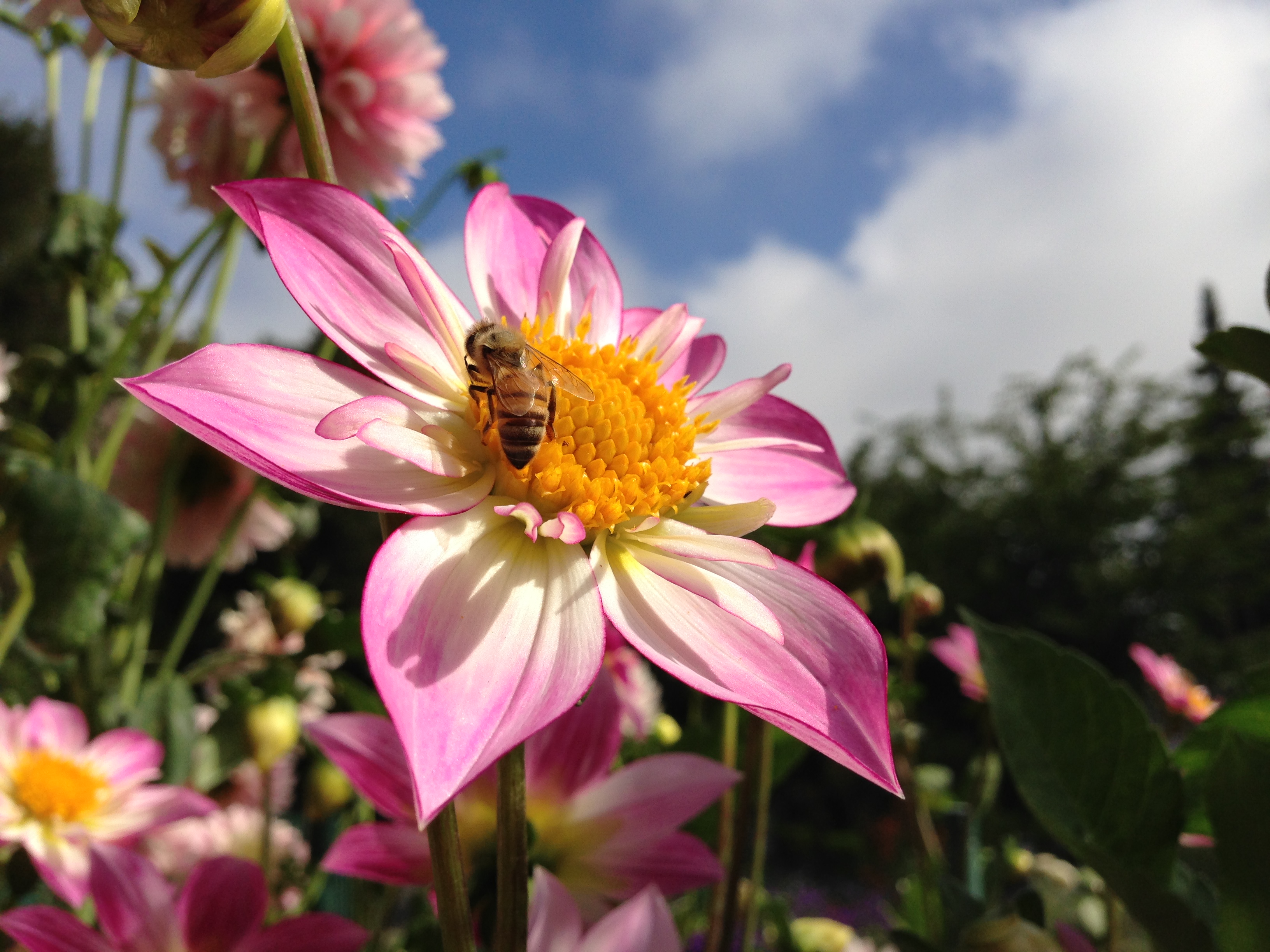DAY 1
It started on a Thursday when just after 10 AM my cell phoned chirped an appointment alert. Now I wasn't that stressed about it cause anything important I give myself a 24 hour and 1 hour alert, so imagine my surprise when I checked it and discovered I had to be on location for a filming shoot for a pilot local cable TV show. No camera equipment in my vehicle I had to race home load up and head to the location arriving a mere 10 minutes late, which I blamed on traffic. We filmed all day and then I took my wife to YUK YUKS comedy club that evening for an entertaining time with friends.
Day starts at 7:00 AM ends 2:00 AM
DAY 2
Now my day did start a little slower as I didn't have to do anything till 10 AM so slept in till 9. Then it's time to hit the computer and start work on the film that was shot Thursday.
At about noon I decided, all beit late and not smart, that the volunteer t shirt I would be wearing on Sunday shooting Chilliwacks Flight Fest should have my LOGO on it. Now if you have read earlier posts you may have seen the one about LOGOs and how important I think they are, well I also said that you should have professionals do that work and shirt logos are no different. I did not follow my own advise and due to the lateness of the hour I decided to go with an iron on printed at home. I couldn't find any iron ons in clear only white so the shirt did not turn out as nice as I had hoped but I learned from this mistake and will change things in the future.
That night I had the opportunity to shoot KAT at Party in the Park, a local Chilliwack festival. Now this girl is amazing. I have shot her in the past and love being involved in her career. She won EMI & MOA record recording contract 2012. She has been featured on Jan Arden's Being Jan and continues writing and recording her own flavor of music. Look her up on Facebook, Twitter, You Tube. I was home about 9 and had to work the photos for her social sites that night. Post production done at 2 AM sent via WeTransfer to her manager. Off to bed.
Day 3
Preparation for Friday nights Hangar dance shoot and following airshow shoot. Now if you've never been to the Chilliwack Flight-fest hangar dance and dinner you are missing something amazing. The food is incredible with a full steak dinner with baked potato and Chilliwack grown corn on the cob. After the dinner there is an evening mini performance by some of the performers flying the next day. Shoot into the evening, have a few beverages, home late , do post on photos that are needed for the next day bed.
Day starts 8:00 Am ends 2:00AM
Day 4
Start the day shooting the Flight-fest volunteers setting up for the day. A pancake breakfast for the community and then on with the show. Now this is my second year covering the event and it is a true honor to be the exclusive photographer for the event. Between B25 Mitchel bomber, spitfire, wing walker and stunt planes this was a photographers dream. The weather was amazing and the photo ops even more so.
Day starts at 6:30 AM ends 10:00pm
Now comes all the editing and when you shoot that many venues in that short a period of time it is very critical to get the best from your manual settings as you can so there is very little editing to be done. By Thursday, and after working at my other full time job 36 hours, my editing is done and all photos are in the hands of the clients. They are happy. I am happy. Now onto a new photographic day.


































.jpg)
